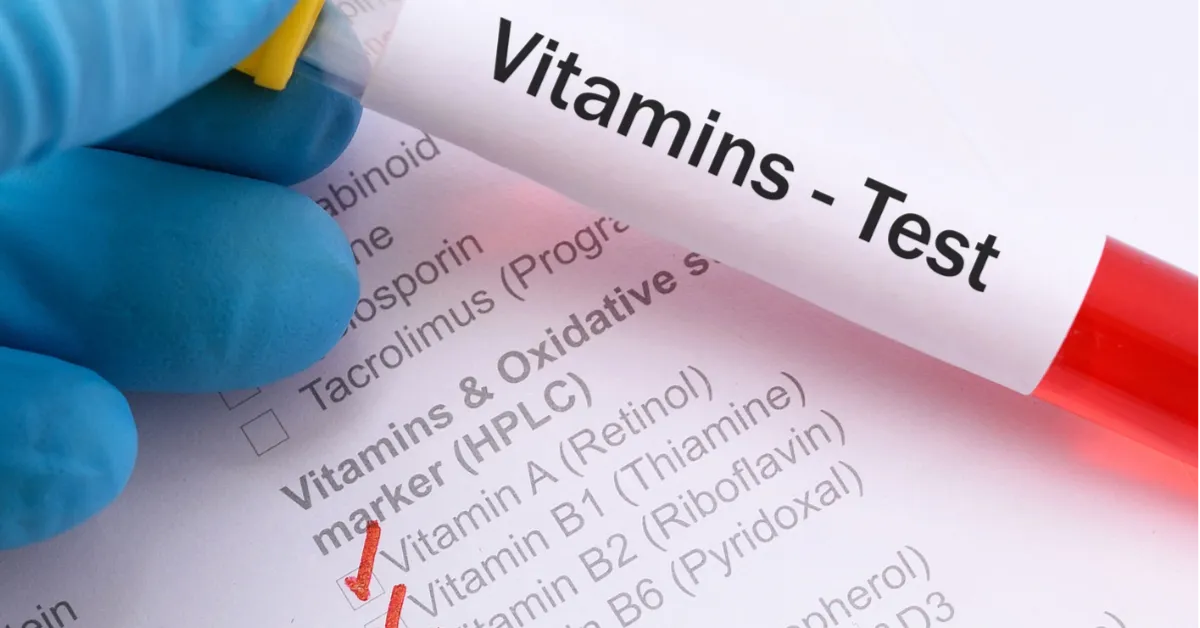AOAC 2015.10 Vitamin A and E Profiling in Margarine
The AOAC International Method 2015.10 is widely recognized as one of the most accurate methods for analyzing Vitamin A (Retinol) and Vitamin E (α-Tocopherol, γ-Tocopherol, δ-Tocopherol) in margarine products. This method is particularly valuable for quality assurance programs in the food sector, ensuring that the nutritional content declared on labels matches the actual vitamin composition of the product.
Margarine, a popular fat spread used globally, must meet stringent requirements to ensure safety and efficacy. The AOAC 2015.10 method provides precise quantification of these essential vitamins, enabling manufacturers to confirm compliance with nutritional labeling regulations and international standards such as ISO 15662 (Vitamins in foods). This service is crucial for maintaining consumer trust and regulatory compliance.
The test involves multiple steps that are critical to obtaining accurate results. Specimen preparation begins with the extraction of vitamins from a representative sample of margarine. This process typically uses solvents like chloroform or acetonitrile, followed by purification techniques such as liquid-liquid partitioning. The purified samples are then subjected to high-performance liquid chromatography (HPLC) equipped with ultraviolet detection and an appropriate column designed for vitamin separation.
After the HPLC analysis, peak areas corresponding to each vitamin component are integrated using software that adheres to ISO 15746-2:2009. The concentration of each vitamin is calculated based on calibration curves prepared with known standards. This method ensures accuracy and precision in quantifying Vitamin A and E, which are key components influencing the nutritional value of margarine.
The AOAC 2015.10 method is not only precise but also reproducible, making it a preferred choice for laboratories aiming to meet high-quality standards. It allows for detailed profiling of vitamin content, providing insights into how different manufacturing processes and ingredients affect the final product’s nutritional profile. This information is invaluable for R&D teams working on product development or quality assurance departments ensuring consistency across batches.
By utilizing this method, food manufacturers can enhance their reputation by offering transparent and accurate labeling practices. Compliance with AOAC 2015.10 not only protects consumers but also helps businesses avoid costly legal issues related to mislabeling or non-compliance with regulations.
Quality and Reliability Assurance
The AOAC International Method 2015.10 is rigorously validated through extensive research and field trials, ensuring its reliability across various samples and conditions.
Laboratories performing this test adhere to strict quality control protocols, including regular calibration of instruments and proficiency testing programs recognized by international standards organizations.
Our team of experts ensures that every step of the process—from sample preparation to data interpretation—meets the highest standards set forth by ISO 17025:2017 for analytical laboratories.
We employ advanced chromatographic techniques and state-of-the-art equipment, ensuring consistent results across all analyses.
These stringent measures contribute to our laboratory's reputation for delivering accurate, reliable data that can be trusted by both industry professionals and regulatory bodies worldwide.
Environmental and Sustainability Contributions
The analysis of Vitamin A and E in margarine through the AOAC 2015.10 method supports sustainable practices by ensuring that products meet nutritional standards without compromising environmental impact. By accurately quantifying these essential vitamins, manufacturers can optimize production processes to maintain high-quality outputs while minimizing waste.
Our laboratory contributes positively to environmental sustainability by adhering to ISO 14001:2015 for environmental management systems, ensuring that all operations are conducted responsibly and efficiently. Through precise vitamin profiling, we help reduce the risk of over- or under-nutrition in food products, promoting healthier diets globally.
Additionally, our commitment to quality and reliability ensures that consumers receive accurate nutritional information, fostering informed decision-making regarding dietary choices. This aligns with broader sustainability goals by supporting public health initiatives aimed at reducing obesity rates and improving overall well-being.
Competitive Advantage and Market Impact
The ability to accurately profile Vitamin A and E in margarine provides significant competitive advantages for food manufacturers. Compliance with AOAC 2015.10 ensures that products meet stringent nutritional requirements, thereby enhancing consumer trust and satisfaction. This can translate into increased market share as brands become trusted leaders in providing accurate labeling.
For quality managers and R&D engineers, this service offers valuable insights into the effects of different ingredients on vitamin content. Such knowledge is crucial for developing innovative formulations that meet both nutritional needs and sensory preferences of consumers. By staying ahead of regulatory changes and consumer trends, companies can maintain a competitive edge in an ever-evolving market.
The precise quantification of vitamins also supports procurement strategies by enabling the selection of optimal suppliers who consistently deliver high-quality raw materials. This reduces variability in product quality, ensuring consistency across all batches produced at different facilities worldwide.





